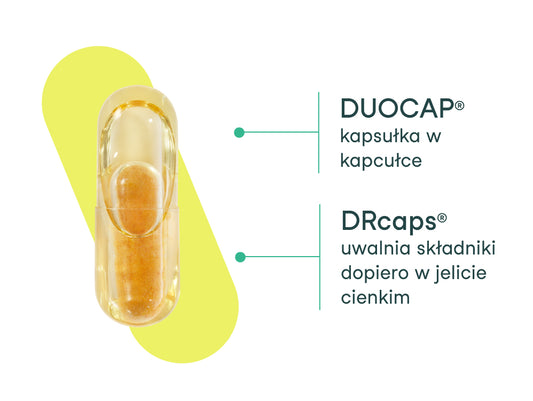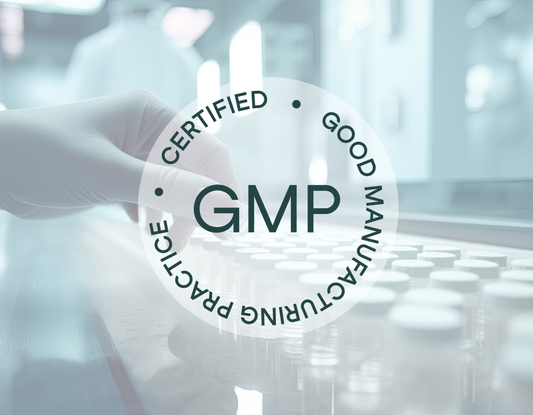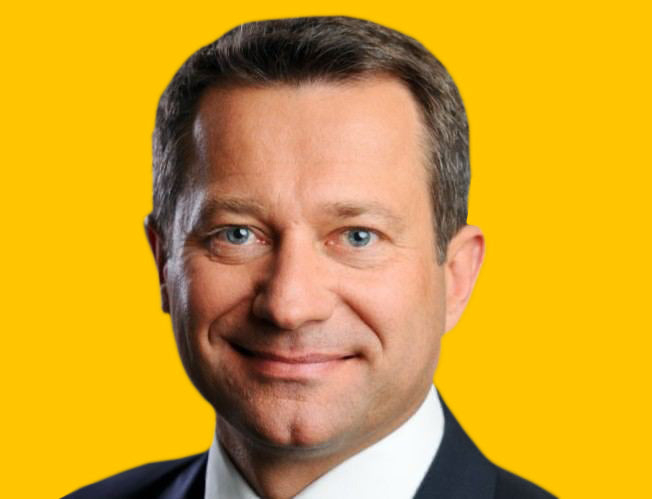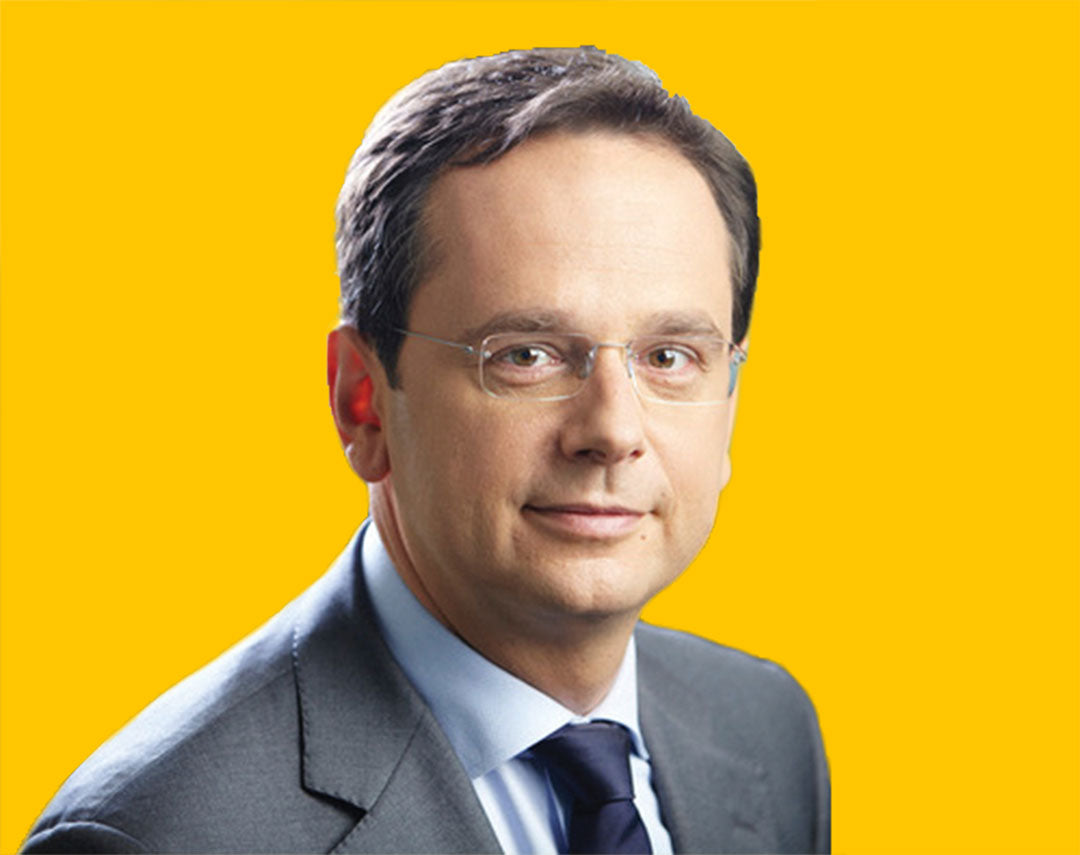
Most of us cannot imagine visiting the dentist without anesthesia. We have become accustomed to the fact that a short sting and minor discomfort ensures a calm, painless visit. An alternative method may be hypnosis.
Although it is assumed that severe anxiety and fear related to the need to visit the dentist occurs in approximately 10-20% of patients , some studies show that this rate may be as high as 58%. 1 . For dentists, this is a reason to look for new methods of alleviating patient anxiety and, consequently, pain.
Fear of treatment is usually associated with postponing visits. This worsens dental problems and consequently causes even more stress. The anxiety associated with having to undergo dental treatment makes the pain experience more intense in such patients. Therefore, reducing fear and providing patients with peace of mind during their visit is crucial to maintaining health and hygiene 2 .
Traditional, non-pharmacological ways of managing this anxiety - such as appropriate communication and relaxing music - can be effective. However, it is also worth paying attention to a technique that is rarely associated with a dental chair. It's hypnosis.
Hypnosis at the dentist – what do scientists say about it?
As emphasized in scientific studies devoted to the use of hypnosis in dental treatment, it is not used very often because dentists do not know how to use this technique and are not fully aware of its effectiveness.
This is not about an impressive "putting you to sleep" show, but about introducing the patient to a different state of consciousness , in which he is more susceptible to the doctor's suggestions and calmer. As scientists emphasize, many people often experience hypnosis without being aware that they are in this state.
"Opinions regarding the ease of using hypnosis vary depending on the patient's age (...)," write the authors of the study "Role of Hypnosis in Dental Treatment: A Narrative Review." They add that while some doctors consider this technique to be most effective in children aged 4-6 , others believe that it is not suitable for patients under 6 years of age, stating that it is most effective in patients aged 7-8. 14 years .
Hypnosis at the dentist – what does it look like?
What is very important, a patient who consents to the use of hypnosis during the procedure should know what will happen . All staff – doctor and assistants – should be properly trained , especially in the case of rapid hypnosis. This happens when the entire process takes less than 3 minutes. The procedure includes explaining the procedure to the patient, obtaining his consent, entering a state of hypnosis, carrying out the procedure and breaking the state of hypnosis.
The hypnotic phase does not necessarily involve the patient staring at a swinging watch. The method of tensing and relaxing muscles is often used . Additionally, appropriate phrases are used to help the patient completely relax. Doctors often use the metaphor of computer programming.
Some doctors also use flashlight light . Dr. Erwin Printz, a German dentist who uses this method, describes it as follows: " During the initial conversation, I make sure that the patient is willing to undergo hypnosis, and then I slowly direct his eyes to the stream of light from a tiny flashlight. When the hypnotized person involuntarily closes their eyes, I tell them to remember the most pleasant event in their life and name it with three words-slogans. Patients most often remember their first contact with their child when they hold it to their chest shortly after birth, their wedding day or their first love. 3 .
After the procedure is completed, the patient is released from hypnosis . Typically, the opposite technique is used from the one used at the beginning. If it was counting from 5 down, counting from 0 to 5 is used when removing the patient. In the United States, this method is gaining popularity , and appropriate qualifications can be obtained, among others, from the American Society of Clinical Hypnosis or the Swiss Medical Society for Hypnosis. (SMSH) . Dental hypnosis is very popular in Germany and Switzerland. It is currently unavailable in Poland, although hypnosis in dental offices is starting to be talked about in our country as well.
Hypnosis has been used by dentists since 1829.
Hypnosis is an old technique, with its use in dentistry dating back to the early 19th century. One of the first documented - successful - dental procedures during which the patient was hypnotized is tooth extraction, which took place in 1829 4 .
It can be used as an anesthetic (reducing pain), influencing the bruxism reflex (teeth clenching), and reducing saliva production. Some medical schools teach students appropriate techniques , including: iatrosedation, i.e. calming the patient using voice and appropriate suggestions 5 . Other techniques are also used, such as acupressure, acupuncture, aromatherapy and audioanalgesia (anesthesia using sounds). All these techniques are used to calm the patient down and provide him with a maximum sense of security.
Bibliography:
- Venkiteswaran A, Tandon S. Role of Hypnosis in Dental Treatment: A Narrative Review. J Int Soc Prev Community Dent . 2021;11(2):115-124.
- van Wijk AJ, Makkes PC. Highly anxious dental patients report more pain during dental injections. Br Dent J. 2008 Aug 9;205(3):E7; discussion 142-3.
- Socha N., "Hypnosis at the dentist", 2011, dziennikzdrowie.pl.
- Toby J. Cheramie, DDS and Heather B. Allen, “Hypnotherapy in the Dental Setting”, decisionsindentistry.com, October 6, 2020
- dentist Jacek Kowalski, "Inhalation sedation - facts and myths", sedacja.pl, accessed June 22, 2022.


What makes our capsule stand out?
The nikalab capsule impresses not only with its appearance, but also with its operation. We used two innovative...








